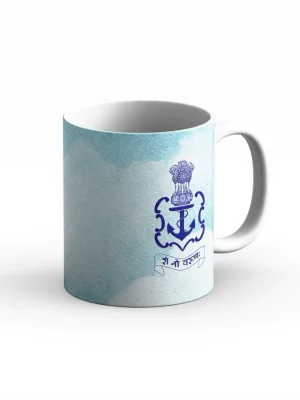In a landmark development for India’s defence modernization and self-reliance drive, the Ministry of Defence has successfully secured a complete technology transfer (ToT) agreement from Israel for two next-generation missile systems — the Air Lora quasi-ballistic missile and the Ice Breaker smart cruise missile.
According to international defence media reports, a confidential Indian delegation recently concluded a high-level visit to Israel, laying the foundation for the indigenous production of these advanced missile systems. The agreement represents an unprecedented step in Indo-Israeli strategic cooperation, granting India full access to design blueprints, seeker technology, system architecture, and manufacturing processes.
Under this transfer, Bharat Electronics Limited (BEL) and Hindustan Aeronautics Limited (HAL) will spearhead the domestic manufacturing of the missiles, in collaboration with the Defence Research and Development Organisation (DRDO). The initiative will significantly strengthen India’s missile ecosystem and aligns with the government’s Atmanirbhar Bharat vision.
Strengthening Deterrence on Both Fronts
The acquisition comes at a time when China has deployed advanced layered air defence systems along the Line of Actual Control (LAC) and Pakistan has been increasingly relying on GPS jamming technologies, particularly during Operation Sindoor (May 2025). During that operation, Israel-made Rampage missiles demonstrated high effectiveness despite electronic interference — influencing India’s decision to adopt the Air Lora and Ice Breaker systems.
Air Lora: Long-Range Quasi-Ballistic Precision Power
The Air Lora missile offers a range of over 400 km and carries a 570-kg high-explosive payload, making it capable of destroying fortified bunkers, command centers, and other strategic targets with surgical precision. With a circular error probable (CEP) of under 10 meters, it delivers pinpoint accuracy.
Its quasi-ballistic trajectory allows for unpredictable flight paths and in-flight target redirection, making interception by enemy defences extremely difficult. BEL will manage the complete indigenous production of Air Lora’s composite structures, seekers, and guidance systems, while DRDO will incorporate the learnings into future indigenous missile programs.
Ice Breaker: AI-Powered Multi-Role Cruise Missile
Developed by Rafael Advanced Defence Systems, the Ice Breaker is an AI-enabled, multi-role cruise missile with a combat radius of over 300 km. Weighing just 400 kg, it can be deployed from light combat aircraft like TEJAS, as well as carrier-based platforms.
The missile is equipped with stealth shaping, adaptive flight profiles, and autonomous target recognition powered by machine learning algorithms. Capable of operating under GPS-denied and heavily jammed conditions, it can autonomously loiter, identify, and engage targets with high precision across land and sea domains.
HAL will oversee the integration of the Ice Breaker with Indian aircraft, leveraging its expertise from the Astra missile program, while BEL will handle electronic subsystems and guidance components.
Strategic and Industrial Impact
The defence ministry is finalizing the ToT and licensing agreements to ensure secure production through a network of public and private strategic suppliers. Once production stabilizes, India aims to export these systems to friendly Indo-Pacific nations, strengthening regional security cooperation and enhancing India’s defence export profile.
The project, estimated under a $20 billion aerospace procurement package, will be submitted to the Cabinet Committee on Security (CCS) for approval by mid-2026, following cost negotiations and milestone reviews.
A Leap Toward Self-Reliance
The full technology transfer for the Air Lora and Ice Breaker marks a major milestone in India’s evolution from a defence importer to a technology-producing nation. It demonstrates growing international trust in India’s industrial and scientific capability while significantly enhancing its long-range precision strike capacity.
For India’s defence ecosystem, this partnership heralds a new era of indigenous missile innovation — one where Indian engineers, scientists, and industries collaborate to design, develop, and deploy some of the world’s most advanced missile technologies.













